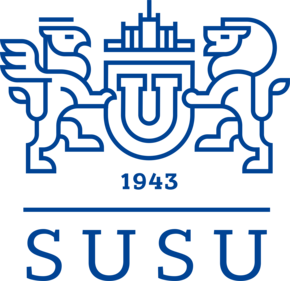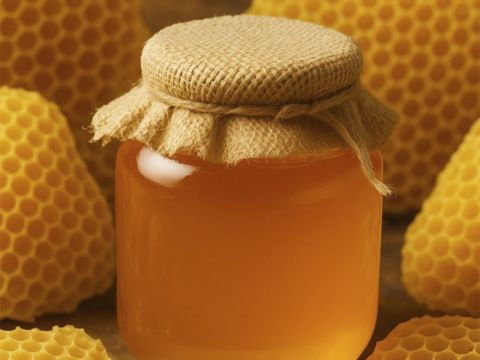The church and folk holiday Honey Feast of the Saviour is celebrated on August 14th. People think of Honey Feast of the Saviour as the time when bees finish their work and prepare for cold times. The name of the holiday comes from the custom of trimming the honeycombs at this time. People used to say that if beekeepers do not open the honeycombs and extract the honey, then the bees of their neighbours will take it. Beekeepers strictly followed the custom of bringing freshly collected honey to the church for blessing on this day. In honour of this holiday, we talked about real and artificial honey with Professor of the Department of Food Technology and Biotechnology, Senior Research Fellow of the Research and Innovation Services Irina Kalinina.
— It is known that there is real honey and artificial honey. What is artificial honey?
— Artificial honey does not exist in its pure form, there is no regulatory framework for it. This is a sugar syrup brought to a state similar to honey by adding dyes, flavours and pollen. There is a borderline product between natural and artificial honey. It is obtained when bees are fed sugar syrup and instead of collecting nectar, they react to sugar syrup. This is sugar honey. It is made by bees, in some ways it is similar to natural honey, but it does not contain plant pollen.
— Could you please tell us more about why bees are fed sugar syrup?
— Feeding bees with sugar can be an extreme option for a beekeeper if, due to natural circumstances, not enough plants have grown for pollination and the creation of real honey. Sugar honey is not considered natural. The regulatory framework is currently defined for flower (monofloral, polyfloral) honey, and according to the framework, the presence of plant nectar processed by bees is mandatory in the composition of honey.
— How to distinguish natural honey from artificial one?
— This can be very difficult if the falsification is conducted well. But basically it is the lack of the honey aroma and the characteristic tickle in your throat after tasting it. But of course, for accuracy, a laboratory test is required to determine the type of honey.
— How do beekeepers understand what kind of honey they produce?
— Recently, legislation has been tightened regarding apiaries: an apiary passport is created, where the types of honey that the apiary can provide are determined. Hives are always located next to the main nectar-producing plants, so the main direction of the worker bees is clear to the beekeeper. Of course, there are also dishonest beekeepers: for example, they sell buckwheat honey from a region where buckwheat has never grown. But for a person who understands honey, it will not be difficult to understand where and what kind of honey can be produced.
— And how can we choose tasty and, most importantly, good honey?
— We need to pay attention to what the honey looks like. When evaluating it organoleptically, you need to understand some features: the colour is individual for each type of honey. The most important thing is that tickle should occur in your throat when tasting honey: you would want to either cough a little or drink something after tasting honey. Remember that honey is collected in autumn, so by spring it naturally crystallizes, which is normal for most types. If you buy it in July, it may be either honey produced last year or unripe honey. Unripe honey, as a rule, has a liquid consistency, or light foam on the surface. Therefore, it is better to buy honey in autumn. Additionally, you can check the documentation: now each honey supplier must have a passport of the apiary where the product was produced, as well as a veterinary certificate since honey is a product of animal origin. And otherwise, everything depends on your taste preferences!
Be sure to eat a spoonful of honey or drink honey tea today!




